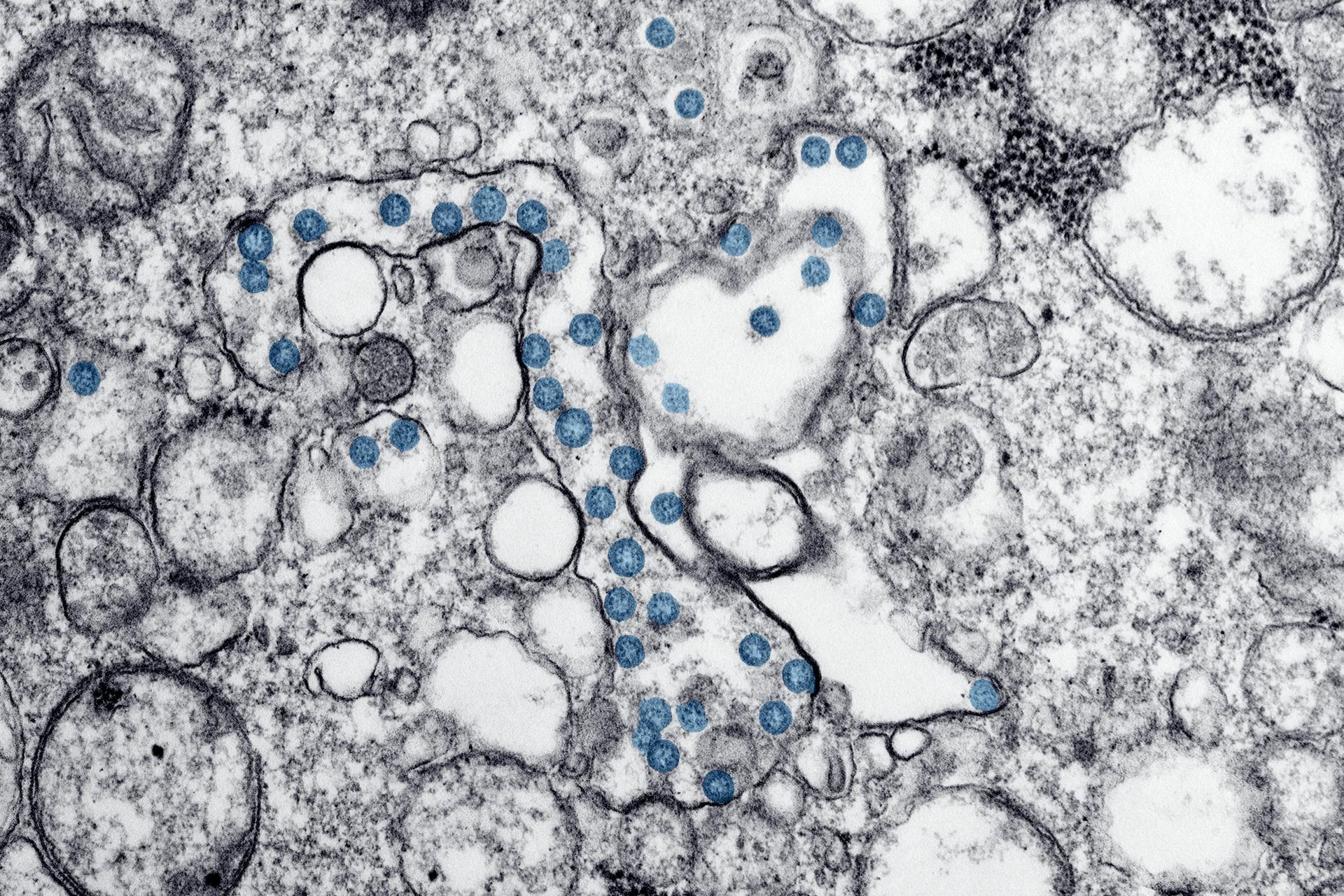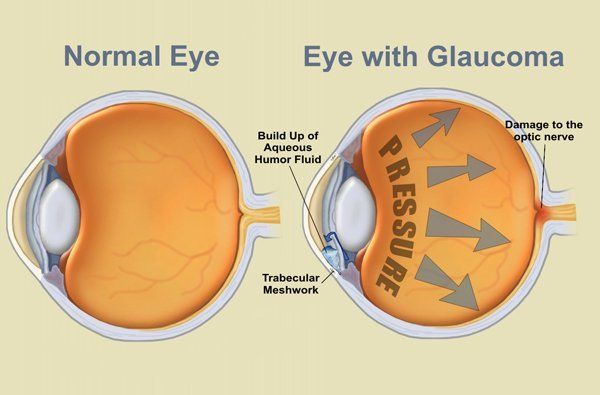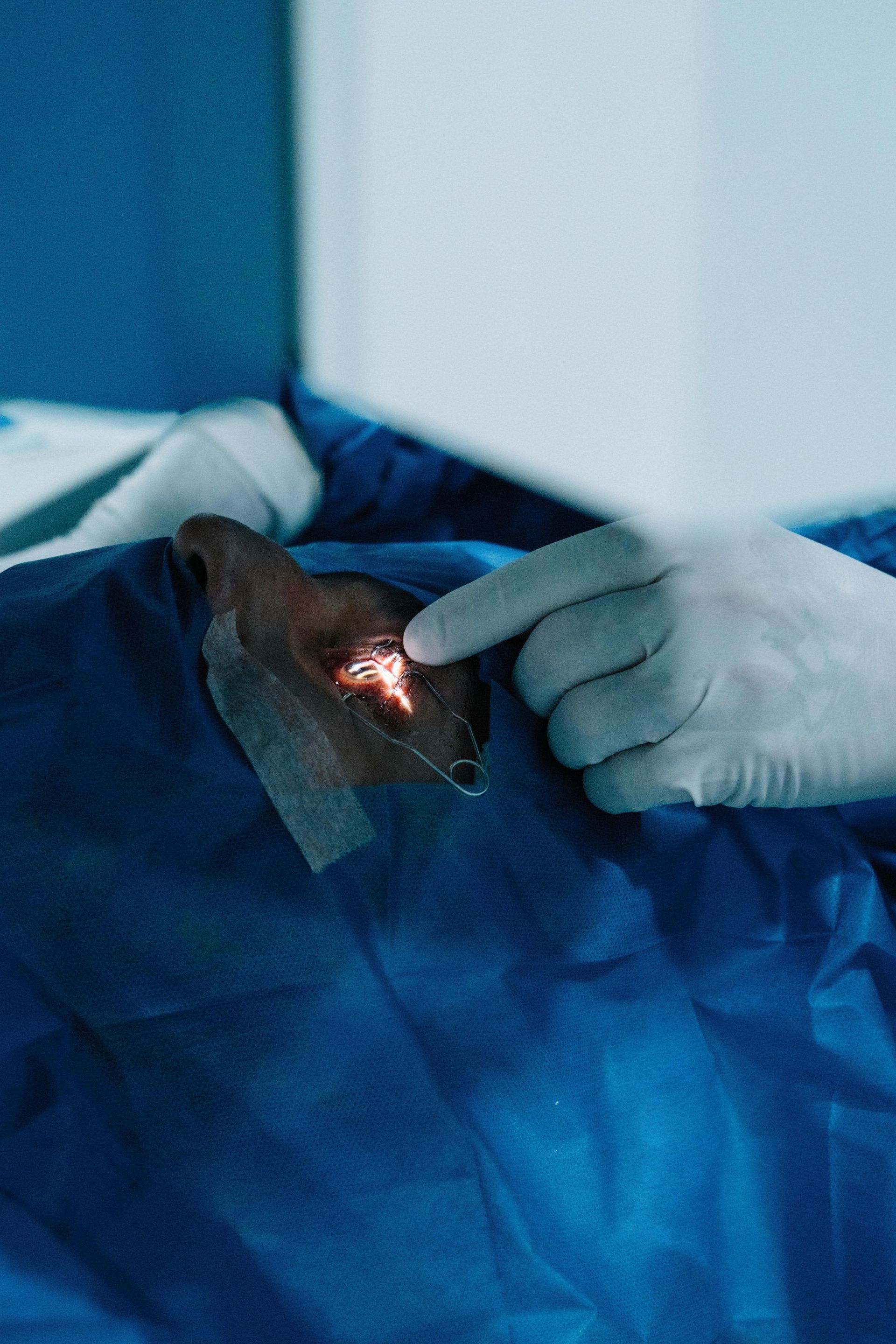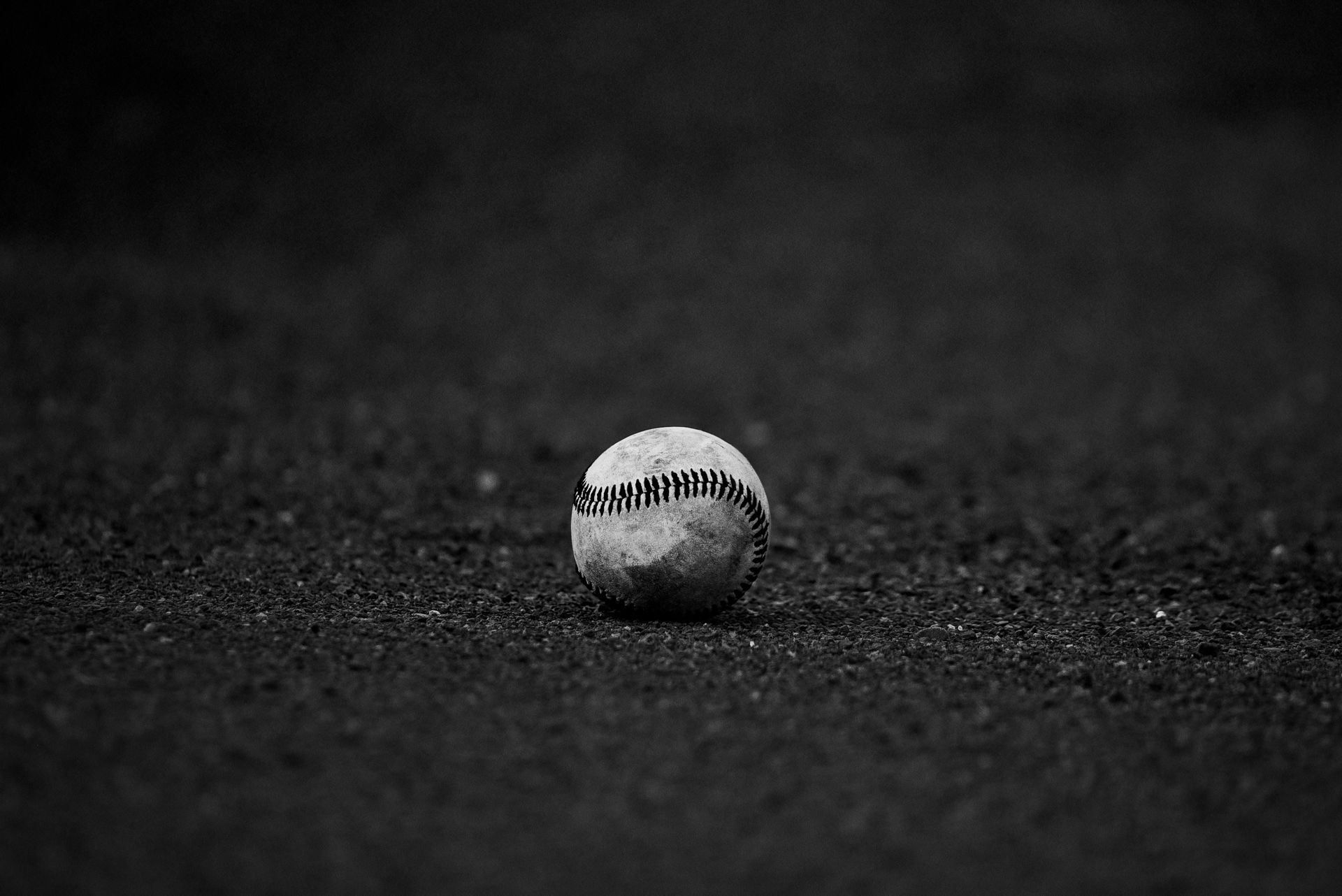A New Tool for Prevention
Blog vol 4.33. A New Tool for Prevention
My predecessor, Dr. Ronald Watson, would joke that when he started practicing optometry, the earth was just beginning to cool. My come-back is that back then we didn’t have hawk eyes, but Pteradactyl eyes. All joking aside, the profession of Optometry has come a long way. Today we spend a good deal of our day gathering data. We now have electronic medical records, digital imaging devices, and artificial intelligence to help guide our decisions.
However, it still requires “horse” sense and there is a fine art to diagnosing eye problems, matching appropriate remedies, and communicating all this to human beings. Not to be replaced by a robot any time soon, sorry Mr. Asimov.
Our latest gizmo is the Myah, an instrument put out by Topcon, which does biometric readings of the cornea, the axial length of the eye, and the eye glands and tear film. With our highly technical society and the amped-up use of computers and screens in all of life, we need a way of measuring the eye for all the problems that flow from this way of life, specifically dry eyes and myopia.
The Myah is great for dry eye treatment as it allows us to measure the condition of the cornea (the layer on the front of the eye) and the tear film, and it is great for early detection of myopia (near-sightedness, trouble seeing far away) onset in children as it allows us to measure the axial length of the eye, a prime indicator of myopia onset. We put all children on it. This is preventative care which excites me. We can actually slow down myopia in kids and we can help people with dry eyes and we can catch keratoconus at a really early stage in kids.
In a previous blog (see here) I mentioned keratoconus — a degenerative condition where the cornea is thinner and outpouching, literally forming a cone. In the past two decades, researchers have come up with a technique that hardens the cornea and keeps it from bulging. The key is early detection because it is progressive and irreversible. The Myah has an algorithm that gathers the corneal map data and indicates if the patient is a keratoconus candidate. We have had the odd false positive, but we have also had positive positives, and since we are doing it on all young people, we are preventing (yes, preventing, a big, awesome word) permanent eye damage in these patients.
It does make you wonder what other biomarkers we will be able to use for other conditions in the future. Tell your family, get your kids in for an eye exam. We include the Myah in a regular OHIP visit.
Til next week,
The good doctor







